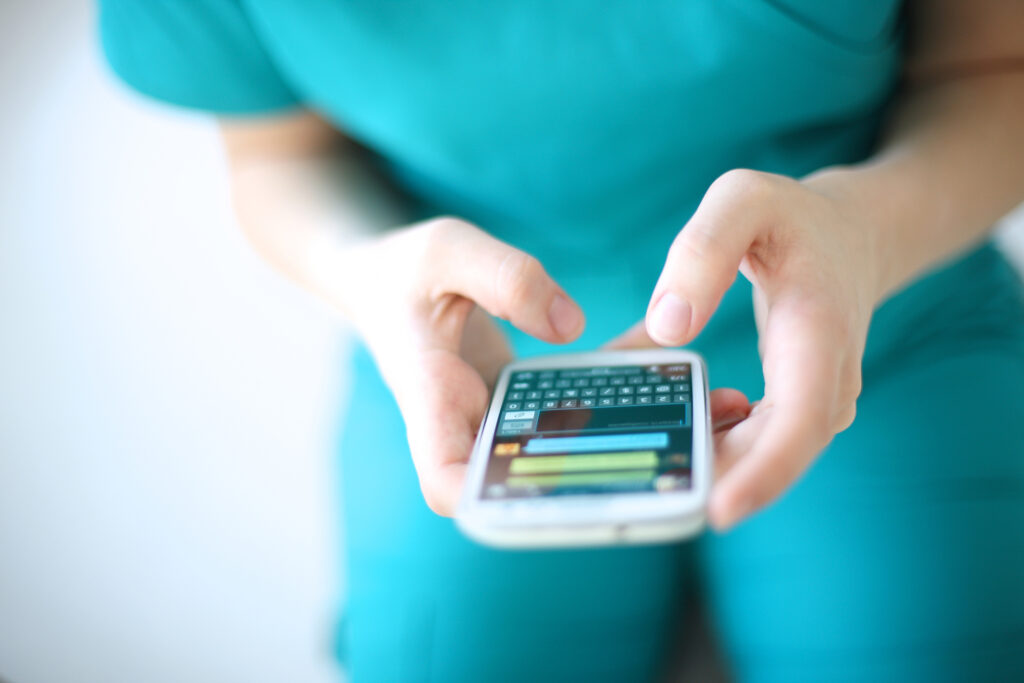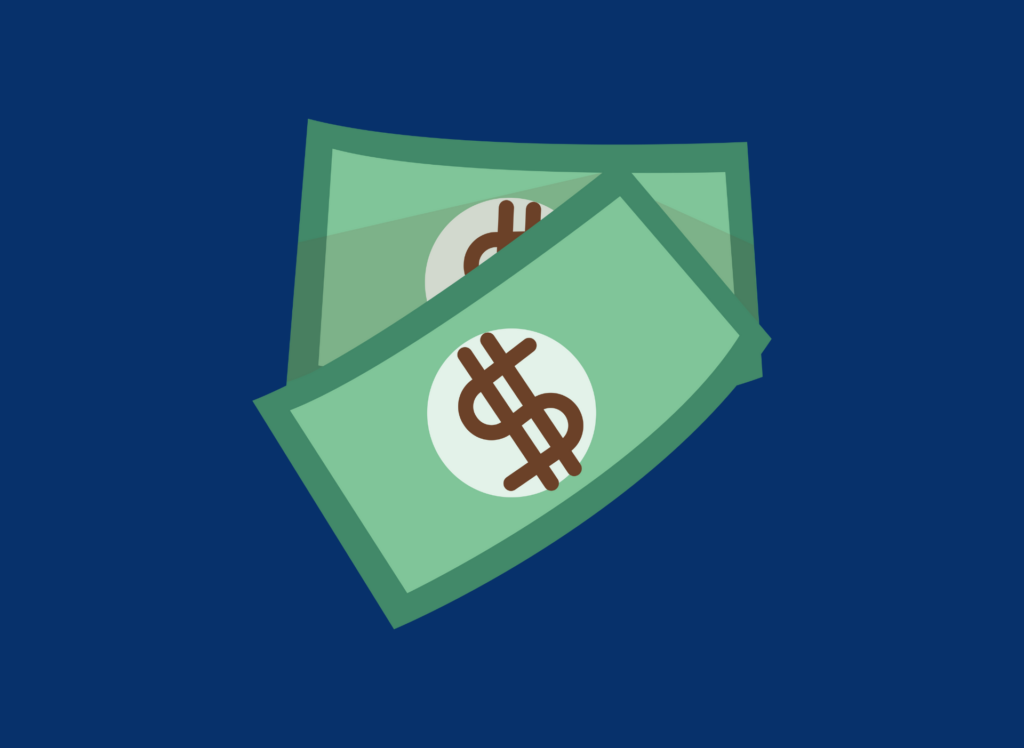Last updated on September 13th, 2023 at 03:16 pm
 Patient reactivation is crucial in order to build a large active patient base and a productive hygiene program. A sizeable percentage of your patients will inevitably fall off their recall schedule at some point—so it’s your job to get them back on!
Patient reactivation is crucial in order to build a large active patient base and a productive hygiene program. A sizeable percentage of your patients will inevitably fall off their recall schedule at some point—so it’s your job to get them back on!
At the MGE New Patient Workshop, we’ve given over 5,000 dentists systems for attracting new patients and also for reactivating patients that are overdue or inactive. This is because getting an inactive patient back in is almost as good as getting a new patient—in some cases even better, because they already know and trust you, and are in your database.
But reactivation can also be a frustrating process, because:
- Only 10% of emails sent out by businesses get read,
- Postcards are mostly thrown out, and
- People tend to ignore phone calls from numbers they don’t recognize.
So, when you’re trying to reactivate somebody, how are you going to do that? What can you do to get that person to pick up the phone or answer that email or respond to that postcard?
Last week’s post from Vicky Prince covered some excellent ways to get patients to answer the phone. And now this week, I have another tip:
Using text messaging automation (also called “digital reactivation”) to reach hundreds, if not thousands, of patients in a relatively short period of time.
(Related: Ask a Consultant: Strategies for Reactivating Overdue Inactive Patients)
One thing we know for sure is that over 90% of adults keep their mobile phone within arm’s reach 24/7. In fact, 98% of text messages reach the person we’re contacting. And 90% of messages are read within the first three minutes of receiving them!
This works in conjunction with your normal reactivation process. So don’t stop doing your normal reactivation (letters/cards, phone calls, emails, etc.)—just add the text messaging aspect to it.
And if you don’t have a reactivation program yet to add digital reactivation to, attend the New Patient Workshop. We deliver it virtually, so it’s very easy to attend from home. If you use the reactivation program we give you AND utilize these tips on digital reactivation in this blog post, you’ll be sure to see results.
I’ve been seeing some clients using digital reactivation getting as many as 90 patients a month back into the office from it! That’s higher than the average, but even on the low end, 10-15 patients a month is still fantastic for most practices.
So, with all of that said, here are a few quick and effective digital reactivation tips.
1. Use a HIPAA Compliant Software Program
 For digital reactivation, you’ll want to use a HIPAA compliant software program that is separate from your dental software and even your two-way texting platform.
For digital reactivation, you’ll want to use a HIPAA compliant software program that is separate from your dental software and even your two-way texting platform.
You’re probably thinking, “But Dan, why can’t I use my two-way texting platform?”
(Related: 4 Things You Can Do Right Now to Get More New Patients)
Well, there are two main reasons why you don’t want to use those and why you shouldn’t use them for digital reactivation:
- Generally, these two-way texting platforms don’t offer HIPAA compliance.
- If a patient unsubscribes from your two-way texting platform, they’re forever unable to be reached and confirmed for scheduling reminders. So, if they were to opt-out of your two-way texting program, you can no longer use that as a reminder system.
There is a fantastic texting service I’ve been working with recently—to get more details, email me at DanB@mgeonline.com.
2. Create Offers and Test Your Messages
There are different campaigns and messages you can test out and use to see which works best for you. A few examples are:
“Hi ____, this is Ashley from ABC Dental. It’s been a while since we’ve seen you for a routine cleaning. We want you to know that people with healthy teeth and gums have been found to live longer and healthier lives. We want you to live a healthy, long life. If you’d like to come back in for a checkup and cleaning, reply YES. To no longer receive our health reminders, reply STOP.”
That is a very typical digital reactivation message. Once they reply “YES” it will automatically enroll them into a series of actions that gets that person to contact the practice.
Here’s another example:
“Hi ______. This is Ashley from ABC Dental. It’s been awhile since we’ve had you in for a routine cleaning. We’re having a special: $100 off the next cleaning for the first 20 people who reply YES to this message.”
This is perfect because it gives a Call to Action and puts a limit that could get someone to move forward when they wouldn’t normally.
And another example:
“Hi _______. This is Ashley with ABC Dental. We have a couple of vouchers available at the office for free whitening with a patient’s next cleaning! If you’re interested, reply YES.”
This is another great Call to Action and offer.
And finally, here’s the last example:
“Hi _______. This is Ashley with ABC Dental. We’re celebrating Smile for September! And we’re offering $500 off Invisalign to the first 20 people who respond ‘STRAIGHT TEETH’ to this message. Let us know if you’re interested or send this to a friend who might be!”
This is another perfect example of a digital reactivation. You can replace “Smile for September” with whatever you want to call your campaign, and you can replace “STRAIGHT TEETH” with whatever you want the phrase to be.
3. Who Your Messages Should Come From
 First of all, the message should always be personalized to the patient’s name. That’ll help to get the messages noticed and feel more personal.
First of all, the message should always be personalized to the patient’s name. That’ll help to get the messages noticed and feel more personal.
(Related: 12 Key Performance Indicators for a Dental Practice)
You should also include the name of your dental practice in the message.
And for the name of the person the message is “from,” you have a few options:
- The team member in charge of reactivation (could be your Scheduling Coordinator or Receptionist)
- The hygienist that sees the patient(s) you’re messaging
- My personal favorite option: a made-up name (that doesn’t actually exist in your practice). This way, every time someone calls in asking for “Suzy”—or whatever your invented name is—you’ll know that they’re calling in response to the digital reactivation campaign. This way you can track the results.
4. Who Should Be Responsible for Digital Reactivation Messages
Digital reactivation does require attention from someone within the practice. This isn’t something someone will need to hover over constantly, but it will take someone looking over the software and messages; this isn’t something you should outsource.
The goal of your digital reactivation is to get as many people to respond as possible. And with that said, patients will have questions, comments, and concerns that can only be addressed by someone from within the practice.
People may ask questions regarding insurance, nailing down an exact date and time to come into the office, clarifying the details of the offer, etc. These are questions that only the office should be responding to.
I hope these tips help improve your reactivation process! If you have any questions, I’m always happy to help. You can email me at DanB@mgeonline.com or call us at 800-640-1140 any time. And to learn more about how you can both attract more high-quality new patients AND retain them long-term, sign up for the MGE New Patient Workshop. It’s already helped 5,000 dentists generate over $750 Million in increased revenues—and it comes with a money-back guarantee. So you’ve got nothing to lose.



No Comments
Be the first to start a conversation